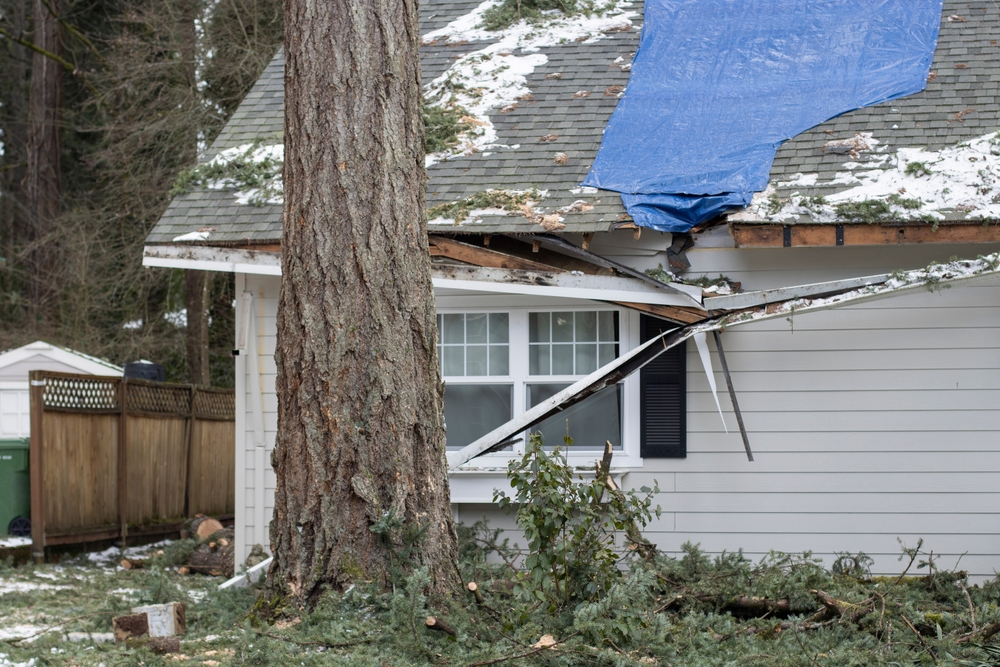
The property insurance landscape in Wales is becoming increasingly complex, with notable developments across storm damage claims, COVID-19-related disputes, and rising rejection rates.
To counter rising costs, initiatives like Flood Re, which subsidises flood insurance for high-risk areas, and the Welsh Government’s extended Help to Buy Wales scheme aim to provide financial relief. Insurers also focus on competitive pricing and customer support, while local authorities offer grants and loans for home improvements to enhance property resilience.
To reduce premiums, homeowners can take proactive steps such as comparing policies, adjusting coverage, seeking discounts, and improving home resilience. By staying informed and adopting strategic measures, Welsh homeowners can effectively navigate the increasingly challenging property insurance market.
There has been a concerning trend of increasing claim rejections in the home insurance sector. In 2023, according to figures from the Financial Conduct Authority, almost three in ten claims on combined buildings and contents home insurance policies were rejected. This rejection rate is significantly higher than in other insurance sectors, such as car insurance, where only one in a hundred claims were rejected.
Some insurers have been identified as having particularly low claims acceptance rates:
– Lloyds Insurance Group accepted only 30-35% of claims for buildings-only policies[6].
– esure and Rentokil accepted between 40-45% of claims on their buildings-only policies[6].
– The AA and EUI had claims acceptance rates of 50-55% for their buildings-only products.
The Financial Conduct Authority (FCA) has expressed awareness of the rising insurance complaints and has taken direct action with firms where poor customer service has been observed. There are calls for the regulator to take stronger action against insurers falling short of expected standards.
The Renting Homes (Wales) Act, which came into effect in December 2022, has introduced significant changes to the rental property landscape in Wales. While not directly related to insurance claims, these changes affect landlords’ responsibilities and could potentially impact property insurance requirements.
These developments indicate a challenging environment for property insurance claimants in Wales, with increasing scrutiny on insurer practices and growing concerns about claim rejection rates.
What Oakleafe Clients Say:

Several measures are being implemented to help homeowners in Wales cope with rising insurance costs:
Help to Buy Wales Extension
The Welsh Government has announced an 18-month extension to the Help to Buy Wales scheme, which was originally set to close for applications at the end of March 2025[5]. This extension will continue to support prospective homeowners, helping them access more affordable insurance options as part of their home purchase.
Flood Re Initiative
Flood Re, a joint initiative between the UK government and insurance industry, aims to make flood insurance more affordable for homeowners in high-risk areas. This scheme:
– Collects an annual tax from home insurers to create a central fund
– Takes responsibility for the flood risk part of policies
– Reimburses insurers for valid flood-related claims
It’s estimated that Flood Re will benefit over 350,000 households by providing access to more affordable policies.

Competitive Pricing
Despite rising costs, the insurance industry is working to keep home insurance competitively priced. When adjusted for inflation, the average price of cover has actually fallen between 2014 and 2023.
Support for Customers
Insurers are focusing on supporting customers while managing cost pressures. This includes offering guidance on risk mitigation and providing more flexible policy options.
To help cope with rising costs, homeowners in Wales can:
1. Shop around: Compare policies from different insurers to find the best rates.
2. Adjust coverage: Balance cost savings with adequate coverage by adjusting excesses and policy limits.
3. Seek discounts: Work with independent agents to identify potential discounts, such as those for installing security features or joining Neighborhood Watch schemes.
4. Improve home resilience: Invest in home improvements that reduce risk, potentially lowering premiums.
5. Build no-claims bonuses: Avoid making small claims to build up no-claims bonuses, which can lead to lower premiums over time.

Local authorities in Wales can offer homeowners financial help with home improvement and repair, which may indirectly help reduce insurance costs by making properties safer and more resilient. This can include:
– Grants and loans for improving or adapting homes
– Disabled Facilities Grants (DFGs) for necessary adaptations, with a maximum grant of £36,000 in Wales
By implementing these measures and strategies, homeowners in Wales have several options to help manage and potentially reduce their insurance costs in the face of rising premiums.
Oakleafe Claims have represented policyholders and managed their insurance claims since before the First World War. We have vast expertise and experience in both domestic and commercial insurance claims with thousands of satisfied policyholders who have received their deserved insurance settlement.
What Oakleafe Clients Say:


